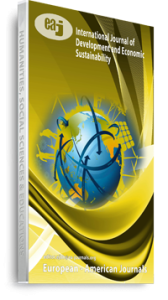This paper stated the fact that the gap between Chinese women’s and men’s life expectancy was lower than the world average level, and explored the reasons for its formation. Then employed Conditional Latent change Modeling to predict the linear growth relationship of three-times measurement, including adolescent initial measurement, fertility period measurement, and measurement at menopause. A Conclusion drawn was that economic income was not a major factor which had influenced risks faced by women, However, the influence of the age on intercept is great: the average annual increase of the living risk at the level of 0.14; each additional stage of age, women would be faced with one more risk value of 0.62. Finally, In order to disperse the risk, to better protect the safety of life, to scientifically plan women’s average future lifetime, and effectively to play the role of escort for the women, R&D of women’s insurance product should be focused on the following points: from the angle of policy period: long-term or lifetime product with returned principal; from the angle of function: protection-type mainly (with price unchanged if an item of investments added); from the angle of follow-up services: insurance claims of rationality and timeliness; from the angle of form: product flexibly designed for meeting customers’ needs; from the angle of content: simplicity of policy clauses (easy to understand)
Keywords: Average Future Lifetime, Beijing’s Insurance Market, Chinese Women, Life Insurance, Protection-Orientation, Questionnaires and Model Analysis, Realistic Path Planning

